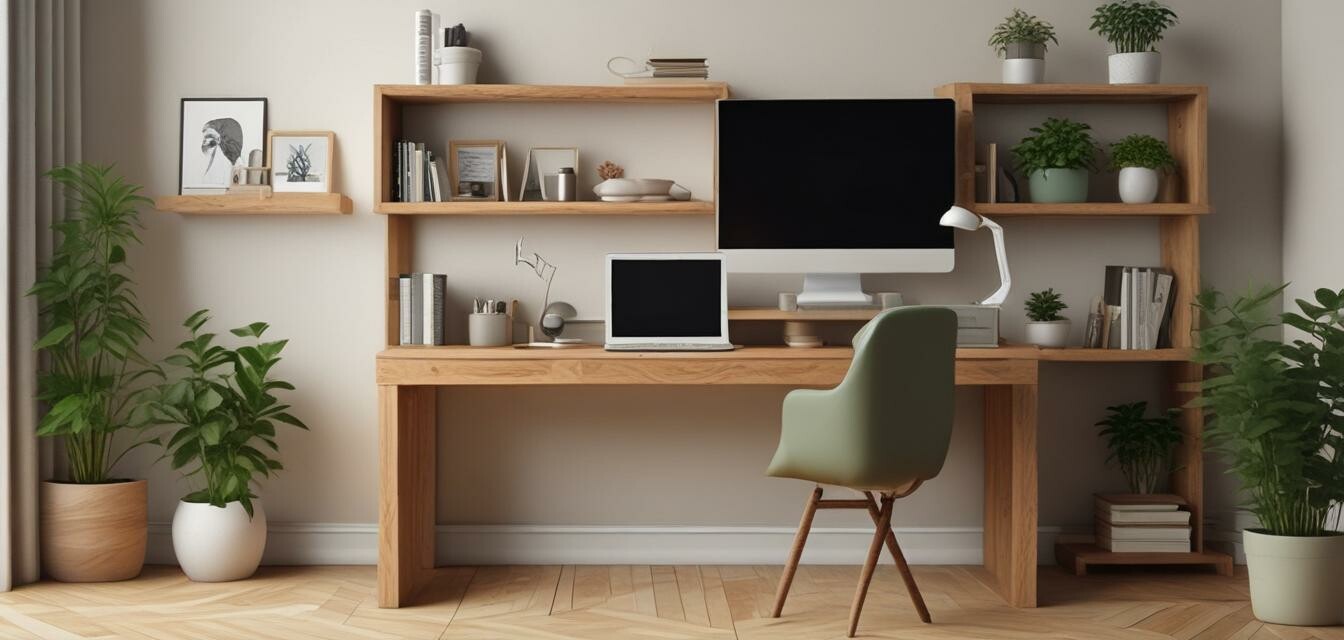
Mindfulness in the Office: Creating a Calm Workspace
Key Takeaways
- Design your workspace to promote tranquility and focus.
- Incorporate natural elements like plants for a calming effect.
- Use soft color palettes and lighting to enhance relaxation.
- Implement mindfulness techniques to increase productivity.
Creating a calm workspace is essential for enhancing productivity and well-being, especially in a home office where distractions are plentiful. Mindfulness can significantly improve your work experience, allowing you to focus better and manage stress efficiently. In this article, we’ll explore various techniques for cultivating mindfulness through thoughtful design and decor choices.
Importance of mindfulness in the home office
Mindfulness promotes a state of calm and focus, which can lead to better work outcomes. Here are a few reasons why it's vital to integrate mindfulness into your home office environment:
- Enhanced concentration: A calm workspace reduces distractions and helps you concentrate on tasks.
- Reduced stress: A thoughtfully designed office can help minimize stress levels.
- Increased creativity: Calm surroundings encourage creative thinking and problem-solving.
Elements of a calm workplace
To create a mindful home office, consider incorporating the following elements:
| Element | Benefits |
|---|---|
| Natural light | Boosts mood and creativity. |
| Indoor plants | Improves air quality and creates a peaceful environment. |
| Comfortable furniture | Supports productivity and reduces discomfort. |
| Soft colors | Promotes relaxation. |
| Mindful decorations | Encourages a calming atmosphere. |
Designing your mindful workspace
When designing your home office, keep in mind the following tips:
Beginner's tips for a calm workspace
- Choose a desk that’s ergonomic and fits your space comfortably.
- Position your desk near a window to maximize natural light.
- Add plants or a small indoor garden to your decor; they can help to purify the air.
- Incorporate soothing colors like light blue or green into your walls or decor.
- Utilize soft lighting solutions such as desk lamps to create an inviting atmosphere.
Mindfulness techniques for work
Here are some mindfulness techniques you can employ while in your home office:
- Breathe: Take a moment to focus on your breath. Inhale deeply and exhale slowly to clear your mind.
- Reflect: Spend a few minutes each day to set intentions for the day, focusing on what you want to achieve.
- Breaks: Take regular breaks to walk around, stretch, or meditate. This resets your mind.
- Gratitude: End your day by listing things you’re grateful for, which can enhance focus and satisfaction.
Choosing calming decor
The decor in your home office plays a significant role in building a tranquil environment. Consider the following:
- Use decorative accessories like paintings or wall art that evoke calmness.
- Keep clutter to a minimum to maintain a clear mind and workspace.
- Incorporate Zen elements, such as water features, mandalas, or minimalist sculptures.
- Utilize soft textiles for your chair or cushions to introduce comfort.
Pros
- Creates a serene working environment.
- Enhances focus and creativity.
- Improves overall productivity.
Cons
- Requires time and effort to create a suitable environment.
- Potential costs associated with purchasing new furniture and decor.
Final thoughts
In conclusion, integrating mindfulness into your home office can transform your workspace into a haven of calm and productivity. By thoughtfully considering design elements and incorporating mindful practices, you can create an inspired environment that not only elevates your work but enhances your overall well-being.
Explore more home office ideas
For further inspiration and tips, check out our other articles: